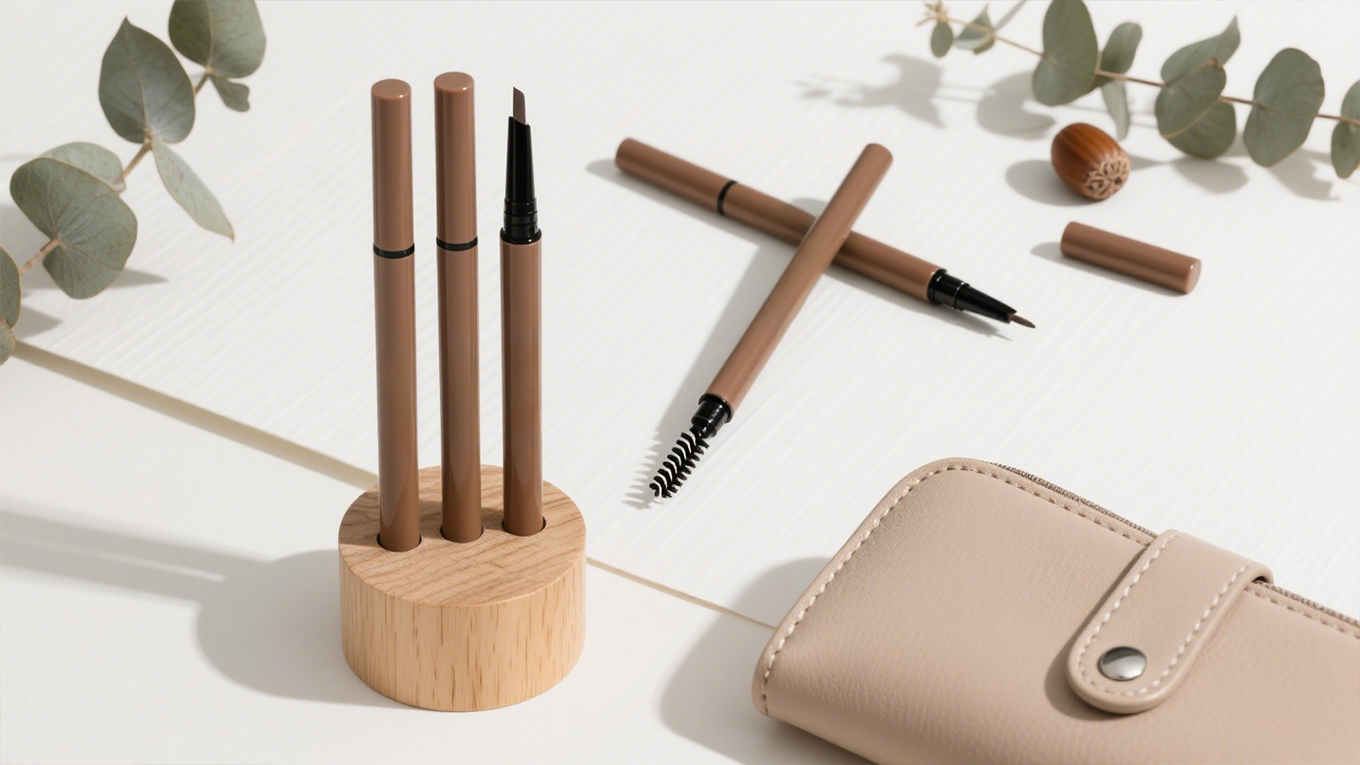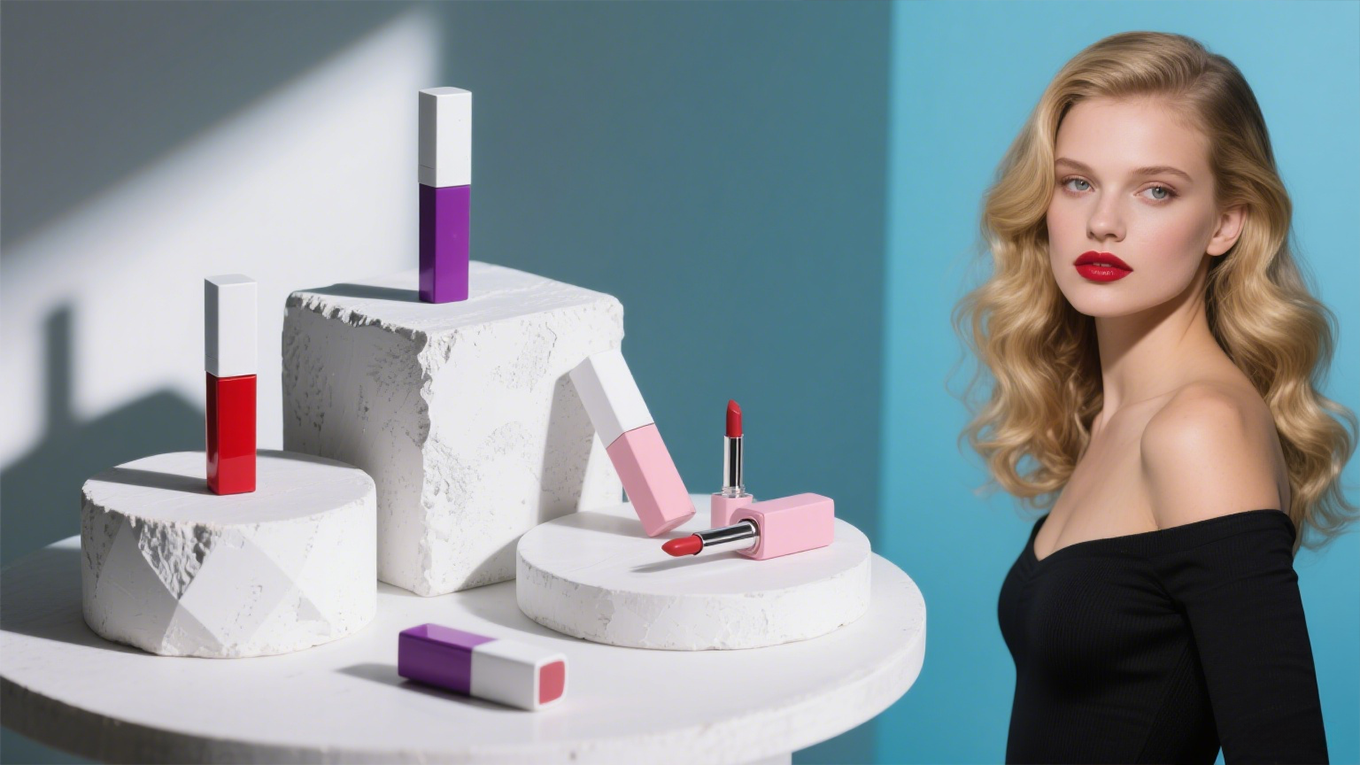Eyeshadow is one of the most versatile tools in makeup, capable of transforming your entire look with just a few strokes. But for beginners, stepping into the world of eyeshadow palettes, pigments, and techniques can feel intimidating. With so many textures, shades, and finishes available, many people struggle to decide where to start.
At ZM Beauty Supply, we believe makeup should feel approachable, fun, and empowering—even for those just beginning their journey. This guide is designed to help beginners navigate the basics of eyeshadow, from choosing the most beginner-friendly formulas to understanding color selection and application tips. With the right products and knowledge, anyone can achieve beautiful, effortless eye looks.
Why Eyeshadow Can Feel Challenging for Beginners
Eyeshadow application involves more than just swiping color onto your eyelids. Factors like blending, layering, and choosing the right shades all influence how polished your final look appears. Some of the most common challenges beginners face include:
- Difficulty blending: Certain eyeshadow formulas can be patchy or stiff, making them hard to work with.
- Overwhelming shade choices: Large palettes may confuse beginners who don’t yet know which colors work best together.
- Fallout: Some powders create mess under the eyes, making beginners feel discouraged.
- Complicated finishes: Metallics, glitters, and shimmers may require advanced techniques to apply seamlessly.
This is why selecting the right type of eyeshadow is key to building confidence and making the learning process smoother.
The Best Types of Eyeshadow for Beginners
Not all eyeshadows are created equal. Some formulas are easier to handle, more forgiving, and designed to simplify the application process. Here are the best types of eyeshadow for beginners:
1. Powder Eyeshadow
Powder eyeshadow is the most common type and one of the easiest for beginners to master. It blends well with brushes, allowing for smooth transitions between shades.
- Why it’s beginner-friendly: Versatile, widely available, and forgiving if you make mistakes.
- Best for: Learning blending techniques and creating natural to bold looks.
- Tip: Start with neutral mattes before experimenting with shimmers or bold shades.
2. Cream Eyeshadow
Cream eyeshadow comes in pots, sticks, or tubes and offers a smooth, buttery texture that glides easily across the eyelid.
- Why it’s beginner-friendly: Simple application with just a finger—no brush needed.
- Best for: Quick, everyday makeup looks.
- Tip: Choose neutral or soft shimmer shades for effortless one-and-done eye makeup.
3. Eyeshadow Sticks
Eyeshadow sticks are a hybrid between cream and pencil formulas. They’re compact, easy to use, and perfect for beginners who want to avoid complex blending.
- Why it’s beginner-friendly: Precise application with minimal tools required.
- Best for: On-the-go touch-ups or quick eye looks.
- Tip: Use a lighter shade for your lid and a deeper stick shade for your crease for a simple two-step look.
4. Neutral Matte Palettes
Instead of overwhelming palettes with 20+ shades, beginners should start with smaller palettes featuring neutral matte tones like beige, taupe, and brown.
- Why it’s beginner-friendly: Easy-to-wear shades that naturally complement all skin tones.
- Best for: Everyday wearable looks.
- Tip: Learn basic crease and lid placement with these before moving on to vibrant colors.
Which Finishes Are Best for Beginners?
Eyeshadows come in various finishes, each offering a different effect. For beginners, choosing the right finish can make the difference between an effortless look and a frustrating one.
- Matte: Best for practice. Matte shadows are easier to blend and perfect for defining the crease and outer corners.
- Satin: Slightly luminous, satin finishes provide a soft glow without being too shimmery. Great for beginners who want some dimension without glitter.
- Shimmer/Metallic: Can look beautiful but may be harder to control. Best applied with fingertips for a quick pop of color.
- Glitter: Fun but difficult to work with. Not recommended for absolute beginners.
Beginner-Friendly Shade Recommendations
Choosing the right shades is just as important as picking the right formula. Beginners often benefit from sticking to neutral shades that mimic natural shadows and highlights.
- Lid Shades: Champagne, beige, or light taupe.
- Crease Shades: Soft browns, warm taupes, or muted mauves.
- Outer Corner Shades: Deep brown, charcoal, or plum for subtle depth.
- Highlight Shades: Soft cream or pearl for under the brow bone and inner corner.
As confidence grows, beginners can experiment with pops of color like bronze, gold, or even subtle greens and purples for fun accents.
Tools and Techniques for Beginners
While fingers can work for cream and stick shadows, investing in a few basic brushes can help beginners master blending.
- Flat Shader Brush: For packing color onto the lid.
- Blending Brush: Fluffy and essential for diffusing color in the crease.
- Smudge Brush: For applying shadow along the lash line for a soft eyeliner effect.
Simple Technique to Start With:
- Apply a neutral matte shade all over the lid.
- Use a medium-toned brown in the crease.
- Add a lighter shimmer on the center of the lid for brightness.
- Blend thoroughly to avoid harsh lines.
Common Beginner Mistakes (and How to Fix Them)
- Using too much product at once: Start with a light hand and build up intensity gradually.
- Skipping primer: A good eyeshadow primer ensures smoother application and longer wear.
- Not blending enough: Harsh lines make shadows look uneven—blend until edges are soft.
- Choosing the wrong brush size: Smaller brushes provide more control for beginners.
Building Confidence with Eyeshadow
The key to mastering eyeshadow as a beginner is practice. Start with simple looks and gradually incorporate more advanced techniques like cut creases, smoky eyes, and layering multiple finishes. Remember: makeup is meant to be fun, and there are no strict rules—just guidelines to help you feel confident.
At ZM Beauty Supply, we design eyeshadow palettes and formulas with both beginners and professionals in mind, ensuring that every product is easy to use, pigmented, and blendable.
Eyeshadow doesn’t have to be intimidating for beginners. By starting with beginner-friendly formulas like powder, cream, or stick eyeshadows and focusing on neutral shades with matte or satin finishes, you can build confidence while learning blending techniques. With practice, the world of eyeshadow opens up—allowing you to experiment with bold colors, shimmers, and advanced looks.
At ZM Beauty Supply, we are committed to helping beauty lovers of all skill levels discover products that make makeup application easy and enjoyable. The right eyeshadow should empower you to explore creativity while feeling comfortable and confident.



